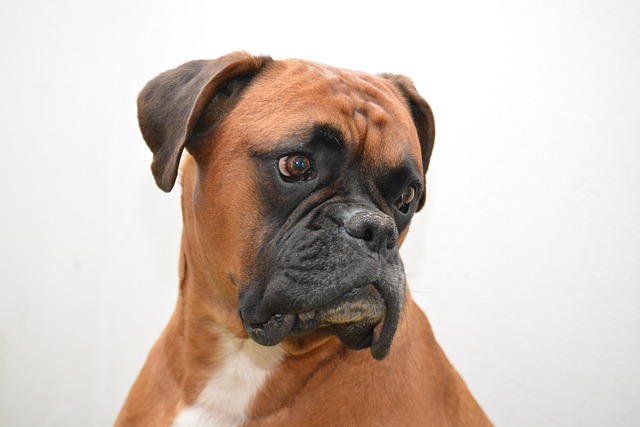
How do i train my dog to be obedient?
Watching your dog dart across the park ignoring your calls isn’t just frustrating—it can put them at risk near busy streets or public spaces.
When Shiba Inu frolics on the lawn, its tail wagging happily, its lively appearance makes people laugh. But once it is attracted by novelty and runs away and turns a deaf ear to the call, the owner's heart will be suspended instantly. Training Shiba Inu to "come when called" is not only an important skill to ensure its safety, but also a key step to build a bridge of trust between the owner and the dog. If you want Shiba Inu to come immediately when it hears the call, we need to have a deep understanding of the character characteristics of Shiba Inu and guide it patiently with professional methods and full of love.
Shiba Inu originated from the mountains of Japan, with the independence and stubbornness of hunting dogs in its bones. They are curious by nature and full of desire to explore everything around them. Insects in the grass and strange smells on the roadside may make them forget the existence of their owners. This independent personality is both the cuteness of Shiba Inu and a challenge for training. We cannot force them to obey in a tough way, but we must find an effective way to communicate with them based on understanding and respect.
In the early stage of training, choose a quiet environment with less interference, such as your own living room or a closed yard. This is because Shiba Inus are easily distracted in complex environments, and a quiet environment allows them to focus more on the owner's instructions. Prepare some of Shiba Inus' favorite snacks, such as chicken jerky and cheese grains. These delicious rewards are the "magic weapon" to attract their attention. When Shiba Inus is next to you, call out its name clearly and gently, and at the same time cooperate with the command "come here". Once it moves towards you, even if it just turns its head slightly, you should immediately reward it with snacks, stroke it enthusiastically, and praise it in a cheerful tone.

As the training progresses, gradually increase the distance and difficulty of training. You can let Shiba Inus stay where it is first, and you step back a few steps and then call it. When it runs towards you, give it the warmest welcome like welcoming a long-lost friend. In this process, Shiba Inus may be inattentive and unwilling to respond. At this time, don't scold it, because scolding will only make Shiba Inus feel fear and confusion, and even resist training. On the contrary, we should reflect on our own training methods, whether the rewards are not attractive enough, or the training time is too long to make Shiba Inus feel tired. You can try to change to more delicious snacks, or shorten the time of each training and increase the frequency of training.
Integrating training into daily life is an effective way to consolidate the results of training. When feeding and playing, you can issue a call command at the right time. For example, after preparing dog food, stand a little further away and call the Shiba Inu, and then give it food after it comes over. When playing, when the Shiba Inu chases the toy and runs away, you can also use the call to make it come back to your side, and then continue the game. Such daily training can allow the Shiba Inu to continuously strengthen its memory of commands in a relaxed and pleasant atmosphere.
In the face of Shiba Inu's "little temper" and occasional non-cooperation, the owner's patience is crucial. Shiba Inus are not as docile and obedient as some dog breeds. They may show stubbornness and willfulness in training. But it is this unique character that makes them more lovable. When you see that the Shiba Inu was indifferent to the call at the beginning, and then ran over with joy when he heard your voice, the sense of accomplishment and happiness cannot be described in words. Every interaction in training is a process of warming up your feelings with the Shiba Inu. It trusts you and relies on you, and you also get to know it better and love it in the process.
Training a Shiba Inu to "come when called" is not something that can be done overnight, and it requires the owner to spend time and energy. But when you take the Shiba Inu out, it can come back to you in time when you call it and avoid danger. That kind of peace of mind and pride will make you feel that all the efforts are worth it. This is not only a skill training, but also an exchange of love between the owner and the Shiba Inu, which makes your relationship closer and creates more beautiful memories together.

Watching your dog dart across the park ignoring your calls isn’t just frustrating—it can put them at risk near busy streets or public spaces.

New puppy owners often find themselves rushing to clean up accidents before they set in, and that’s where puppy pad training becomes a game-changer.

If you've noticed your dog's waistline disappearing and your veterinarian has mentioned those few extra pounds, your first instinct might be to simply reduce the amount of food in their bowl.

Training a dog to use a designated spot indoors isn’t as daunting as many new owners fear, but it does take consistency and an understanding of your pet’s needs.

That moment of dread on a walk is all too familiar for many new dog owners. You see another dog approaching down the sidewalk of your neighborhood

If the sight of another dog on your neighborhood walk makes your heart sink as your own dog erupts into a frenzy of barking and lunging, you're not alone.